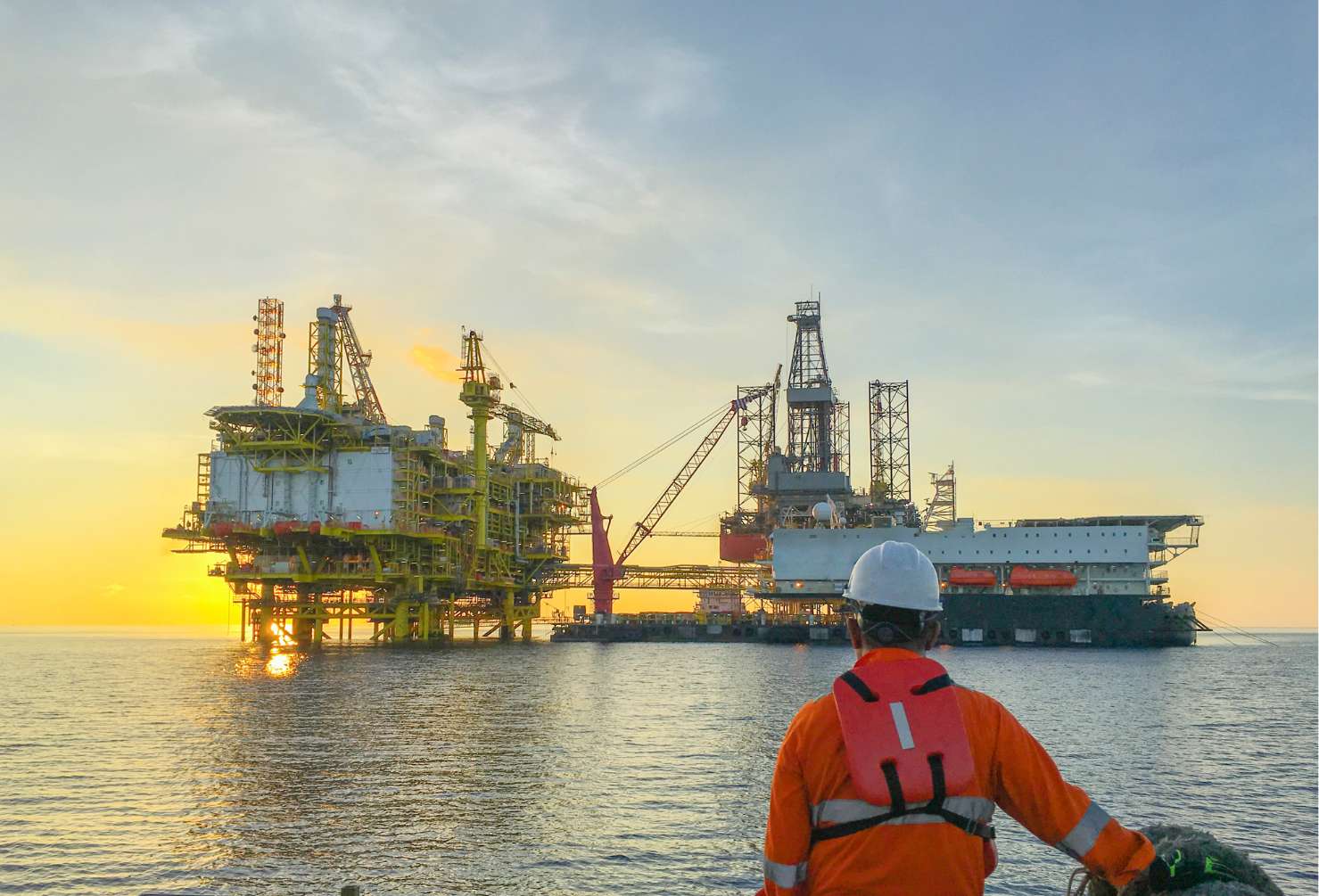
Australia’s energy sector is undergoing another reshuffle. In 2025, a wave of offshore wind project cancellations and delays has sent ripples through the job market, shifting focus, funding and talent toward more stable and immediate sources of energy, particularly gas.
While many viewed offshore wind as the future of clean energy employment, the reality has proven more complex. Projects once celebrated for their scale and ambition are now being paused, restructured or abandoned altogether. That shift is reshaping demand for trades, engineers, planners and project managers, and giving oil and gas professionals a new edge.
The Wind Slowdown: What’s Happening?
Several high-profile offshore wind projects across Australia (and globally) have recently been shelved or significantly delayed. The reasons vary, but common themes include:
- Escalating project costs
- Supply chain disruptions
- Grid connection bottlenecks
- Environmental and stakeholder opposition
- Difficulty securing finance or long-term offtake agreements
These challenges have slowed momentum in what was once a fast-growing segment of the renewable market. Contractors, developers and labour hire firms have begun to scale back offshore wind recruitment plans and some talent is now seeking roles elsewhere, particularly in traditional energy.
What This Means for the Talent Landscape
1. Return to Gas-Led Projects
As wind development slows, resources are flowing back to gas infrastructure, which offers clearer timelines, faster ROI and stronger investor confidence. Major developments like Scarborough, Barossa, Turrum Phase 3 and upgrades to the North West Shelf are not only continuing — they’re accelerating.
This has created:
- More stable demand for trades and operations professionals
- Long-term project pipelines in WA, NT and QLD
- Redeployment opportunities for engineers and planners from paused wind scopes
2. Oil & Gas Talent Is in Demand Again
Oil and gas professionals who had begun exploring renewable roles are finding that their skills – from permit compliance to offshore installation – are back in high demand within traditional energy projects.
Recruiters and project leads are actively seeking:
- Offshore construction specialists
- ROV and subsea technicians
- Marine coordinators
- Project schedulers and planners
The ability to operate in high-risk, complex environments has once again become a premium skillset.
3. Reframing Career Progression
For many workers, renewables were seen as a long-term career evolution. But the slowdown has highlighted the importance of diversifying experience, not abandoning oil and gas entirely.
Skilled tradespeople and engineers are now re-evaluating:
- Where long-term opportunities will emerge
- Which industries offer consistent cycles of employment
- How to balance sustainability goals with job security
Where the Opportunities Are Growing
1. LNG Infrastructure & Expansion
Projects like Pluto Train 2, Beetaloo Basin and Middle Arm Precinct in Darwin are demanding:
- Pipefitters, boilermakers and electricians
- Control systems technicians and instrument fitters
- Shutdown and commissioning specialists
2. Domestic Gas Supply & Transmission
New pipeline builds and compression facilities are underway to ensure gas security on the east coast. These scopes create jobs in:
- Civil and mechanical construction
- HSE compliance and site management
- Environmental monitoring and stakeholder engagement
3. Long-Term Operations & Maintenance
As large gas projects near completion, demand is rising for:
- Maintenance planners and reliability engineers
- Asset integrity and inspection technicians
- Control room operators and plant supervisors
These roles offer more stable, permanent employment pathways compared to project-only scopes in renewables.
Impacts on Recruitment and Labour Markets
Labour hire companies and EPCMs are already adjusting their forecasts for 2025 and beyond. Key trends include:
- Increased movement of workers from renewables back into oil and gas
- More competition for high-experience candidates with offshore or subsea capabilities
- Wage pressure in LNG and upstream operations roles
This shift is also driving investment in:
- Upskilling programs for renewable-to-oil transitions
- Talent retention strategies for existing oil and gas crews
- Broader education pathways linked to gas infrastructure
For Candidates: What to Do Now
If you’ve recently been affected by a wind project pause or you’re uncertain about the next 6–12 months, here’s how to position yourself:
1. Revisit Your Oil & Gas Credentials
- Update your tickets (e.g. BOSIET, Confined Space, Gas Test Atmosphere)
- Refresh your resume with prior hydrocarbon experience
- Reconnect with former employers or colleagues
2. Upskill for Immediate Demand
- Instrumentation, EEHA and pressure welding are all in high demand
- Planning and scheduling skills are highly transferable from wind to gas
- Consider Cert IV or short courses during downtime
3. Register Early with Trusted Recruiters
Many oil and gas scopes are ramping fast. Being pre-qualified helps you move quickly when a contract is awarded.
At Enxgy, we can help you:
- Identify suitable scopes based on your experience
- Fast-track onboarding and compliance
- Position yourself for long-term workforce strategies
For Employers: Rethinking Talent Strategy
If you’re managing or planning oil and gas scopes in 2025, now is the time to:
- Attract transitioning wind talent with tailored onboarding and site induction programs
- Offer continuity by planning for both construction and maintenance phases
- Invest in leadership development to retain high-potential workers moving back from renewables
With wind development slowing, oil and gas has a window of opportunity to capture and retain skilled talent, but only with a forward-thinking approach.
Final Thoughts
The cancellation of major offshore wind projects isn’t the end of the energy transition, but it is a clear signal that traditional energy is still the backbone of Australia’s energy workforce.
For oil and gas professionals, this shift presents renewed opportunity. For workers exploring career progression, it highlights the value of adaptability. And for employers, it’s a chance to lead the next phase of industry development with experienced, resilient teams.
At Enxgy, we’re here to help both individuals and organisations navigate this realignment — and build lasting careers in an energy sector that keeps evolving.


